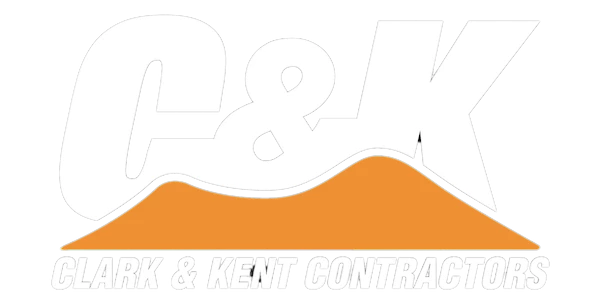Road roller types and uses
Road rollers come in all sizes
A road roller is a compaction vehicle used to compact soil, gravel, asphalt, crushed stone sub-base layer or some other site surface material.
Rollers are most often used for road construction or for creating compact foundations for large areas although they can also be used in areas as diverse as on landfill sites or agricultural projects.
The primary use for rollers is to crush, knead or vibrate loose materials by applying direct pressure. The rolling process is used to compact loosely bound foundation materials, so they remain compacted and do not come loose.
Common types of road rollers
There are several types of rollers that are commonly used for compaction work, and their use depends on the particular job in hand.
Here is a breakdown of the different types of roller in use on construction projects today, their main advantages and the typical applications to which they may be put.
Cylinder road roller oller
Probably the most common roller in use today, the traditional cylinder roller is a simple drum or set of drums, usually made of steel. They usually come in one of two types.
The tandem roller has single drum wheels at the front and rear of the machine while three-wheeled rollers have one larger drum wheel and the front and two behind.
They are sometimes called smooth wheeled rollers and are mostly used for consolidating stone or similar crushed material on flat terrain. They work best with surface dressings such as rolling tarmacadam to create a smooth, flat surface.
The weight of both types of cylinder roller varies from two to eight tonnes, and weight distribution can be adjusted by filling the drum wheels with ballast. Some rollers will have eater sprinkling systems for keeping the roller drums clean.
Slow moving, with operating speeds of six to eight kph they typically need to make eight passes for adequate compacting of a 20cm sub-base layer although this obviously depends on the type of layer.
Vibratory rollers
A variation on the cylinder roller described above, the vibratory roller is usually filled with one or two smooth surface wheel drums that are vibrated by an eccentric internal shaft.
The vibratory roller is most commonly used on granular base layers but can also be used for laying asphalt in highway construction.
The vibrations not only help to reduce the air voids between particles to create a denser layer to a greater depth but they also cause the particles themselves to lie closer together, pushed into place by the oscillations of the vibrating drum wheels.
Relatively more expensive than simple cylinder rollers they do offer improved performance and greater efficiency as the surface does not need as many 'passes' to achieve good results.
It's not just the better compaction but the ability of vibratory roller to compact layers to a greater depth that makes them the roller of choice for may construction projects.
Self-propelled vibratory rollers can come with drum wheels up to 1.8 metres wide and can weigh from four to six tonnes. Many modern vibratory rollers can operate as smooth cylinder rollers with the vibration mechanism turned off.
Rubber-tyred rollers
This type of roller has several rows of closely spaced pneumatic tyres to the front and rear of the machine with the tyres staggered to exert compacting pressure across the full width of the machine.
Rubber tyred rollers work best on soft materials and loosely compacted soils such as closely graded sandy soils but are often seen at work for highway construction, especially for smoothing bitumen on roadworks.
The standard weight of this type of roller is six to 10 tonnes, but the load can be increased considerably by ballasting. Modern rubber tyred rollers can inflate tyres to reach the required pressure automatically.
These rolling machine can move quite quickly with speeds of up to 24 km/ph and can achieve required compacting density with just eight passes, making them super efficient for many projects.
Tyred rollers are least effective on coarse soils and rocks and are more commonly used on fine grain subgrade layers used in paving and roadworks.
Tamping (sheep foot) rollers
This type of roller has a wheel drum studded with lugs, usually rectangular in shape and arranged in a hexagonal pattern. The protruding lugs or 'feet' don't have to be rectangular; they can also be round or spindle-shaped.
Sheep foot rollers are typically used on heavy soils such as clay as the surface area of the drum in actual contact with the ground at any one time is only about eight to 12%.
These tamping rollers are relatively lightweight and are the preferred rollers for use on embankments or similar sloping ground although the weight can be increased with the use of ballast.
In general, a sheep foot roller can achieve maximum compaction in 10-12 passes although much depends on the soil type and the weight of the roller. Like cylinder rollers, sheep foot machines can be static or vibratory with the latter more efficient in use but more expensive.
Similar to the sheep foot is the pad foot roller which has larger lugs and can operate at higher speeds. Pad foot rollers can be used to break up the coarse stone into finer particles and can weigh up to 40 tonnes. Some also have special blades to help level the surface after compaction.
Clark & Kent Contractors has a wide range of road rollers for hire. Contact us now on 01630 672329.
Clark&Kent Services Hire
Providing quality specialist plant hire equipment for construction services


